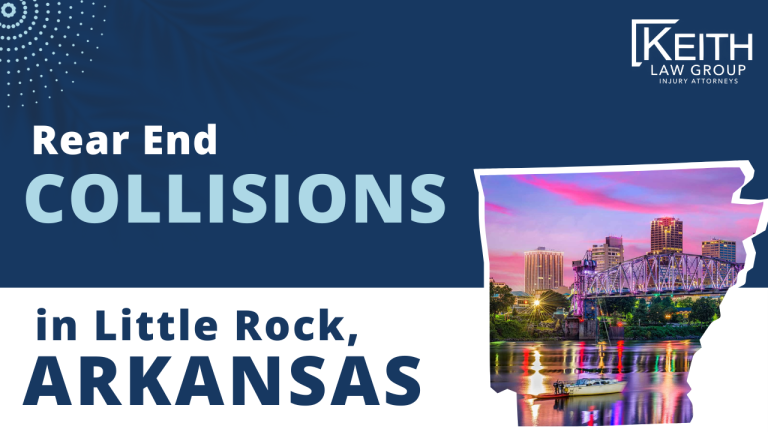Determining fault and liability in rear-end car accidents can be intricate, involving various elements and parties.
Here are critical aspects to consider:
- Rear Driver Responsibility: In most rear-end collisions, the rear driver is typically considered the at-fault party. This assumption is based on the premise that the rear driver failed to keep a safe distance or was not attentive enough to brake in time. Aggressive driving, speeding, or not noticing brake lights can contribute to the rear driver’s liability.
- Front Driver Actions: In some scenarios, liability can also fall on the lead driver. If the front driver performs a sudden stop, reverses unexpectedly, or has malfunctioning hazard lights, they could be held responsible for the accident.
- Multiple Vehicle Accidents: Rear-end crashes involving more than two vehicles can complicate liability issues. Chain-reaction accidents often require detailed investigation to determine each driver’s contribution to the incident.
- Insurance Company Involvement: Insurance companies play a vital role in settling claims related to rear-end car accidents. They assess factors like police reports, driver statements, and evidence from the scene to decide on the at-fault driver.
- Legal Assistance: Consulting an experienced car accident attorney is crucial for those involved in a rear-end collision. A skilled lawyer can navigate the complexities of personal injury cases, helping victims recover compensation for medical bills, lost wages, and other damages.
If you’ve been involved in a rear-end collision, especially if you’ve suffered injuries or significant vehicle damage, don’t hesitate to contact TorHoerman Law.
Use our chat feature for an instant case evaluation, and let our team support you in seeking justice and rightful compensation.


